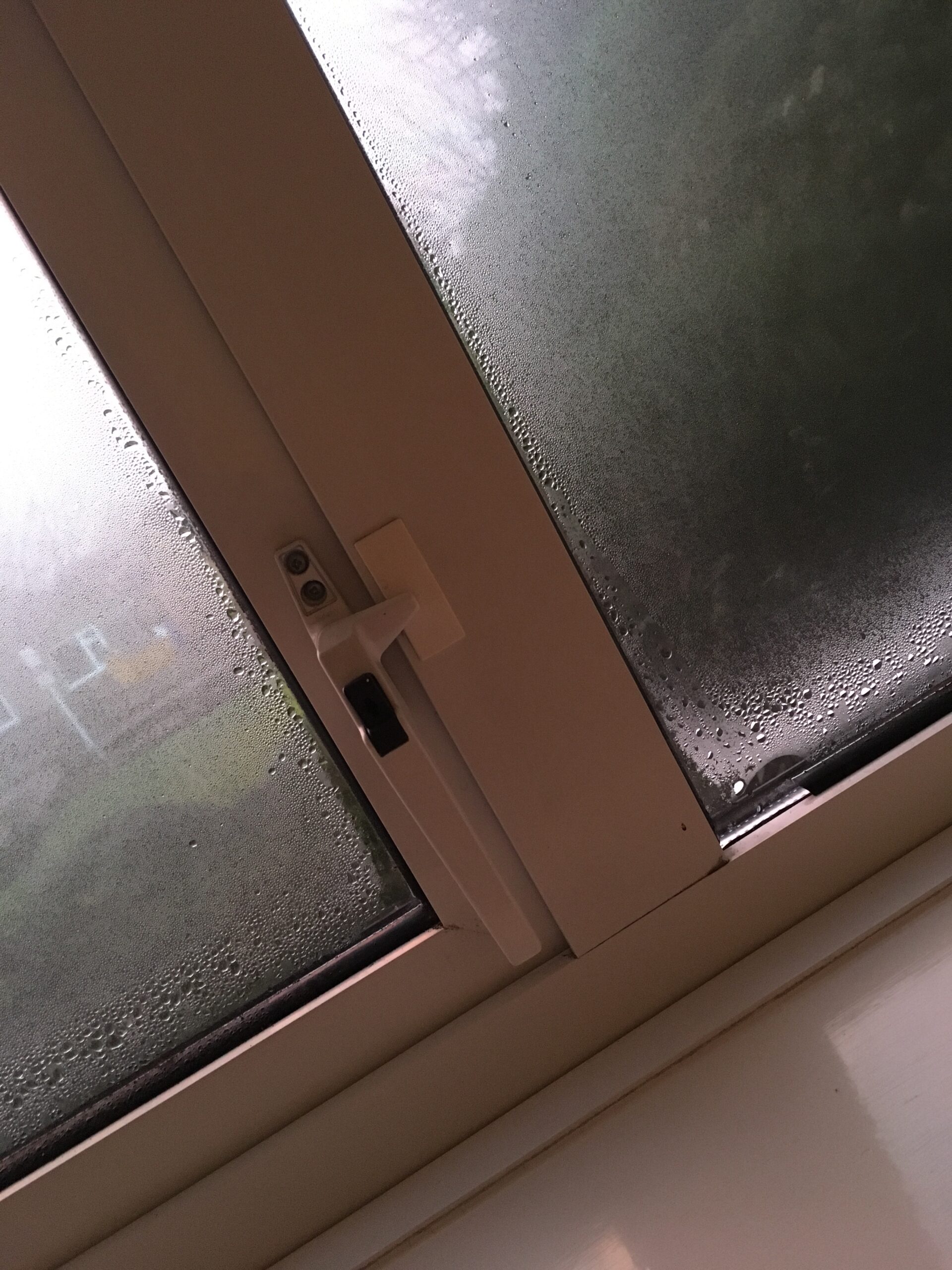Why is there Condensation in my Conservatory?
Condensation can be a serious problem for homeowners, especially in the winter months when the outside air is cold, and the heating comes on. There can be many causes of condensations including moisture, poor ventilation or heating.
Here is our complete guide to condensation in conservatories and on windows, including what’s good, what’s bad and how to deal with it.
Condensation on the Inside of Conservatories and Windows
Condensation happens when warm air meets cold air, and as warm air is more buoyant it carries water vapour. When the warm air comes into contact with cold surfaces such as glass or windowpanes, the vapour turns to droplets and causes condensation.
Windows or conservatories which are north facing are more likely to see condensation as they don’t get as much sunshine, so are naturally cooler.
My House or Conservatory is Insulated so why do I get Condensation?
The rising demand for double glazing and insulated walls and roofs means there has been a vast improvement in the energy efficiency of homes over the years. The extra insulation has lead to warmer homes but can affect the ventilation of older properties which leads to moisture being trapped in the room. When the room cools down at night or when out of use this moisture condenses and mists up the windows, and a build-up of this causes damp and mould in the home.
Even if your house is well insulated, you can still suffer from condensation and potentially mould if there is still lots of moisture in the air. One popular way of reducing this is through extractor fans, which are often fitted in bathrooms, utility rooms and kitchens, where moisture can build up.
Condensation in conservatories can be common in the winter months, as the moisture builds up when its heated and then condenses when not in use. If the windows and doors are poorly insulated then this can become a serious issue, as it can lead to mould. Improving ventilation by opening a window will help reduce the moisture level by allowing fresh air in.
If the problem is severe, then it may be worth updating the windows and doors to more efficient products to make it a better living space in the winter months.
My House or Conservatory is Insulated so why do I get Condensation?
As we know, condensation is a breeding ground for mould, but not all condensation is bad. If you see condensation on the outside of your window on conservatory, it is actually a good sign that your windows are performing as they should. This is very popular on modern, well insulated windows and if you see this, then there is nothing to worry about.
Outside condensation is usually common on energy efficient double or triple glazed windows. These are made with insulated glass units (IGUs) and filled with argon gas and a warm edge spacer bar with a high-performing draught-free frame. These windows are incredibly effective at keeping the warm air inside and the cold air out, which leads to condensation on the outside of the glass.
Although condensation on the outside can affect your view, it’s a great sign which tells you your windows are working as they should be.
Ways to Prevent Condensation in Conservatories and the Home
There are small steps you can take to help reduce the amount of condensation in your conservatory or home. Opening a window to improve ventilation is the easiest way of doing this and the increased air flow will mean that condensation is less likely to form. Doing this in moisture-heavy areas such as the bathroom and kitchen when showering or washing up can help get rid of any steam that’s created. Try doing it once a day to increase air flow. Drying laundry in a well-ventilated room can also go a long way when you can’t do it outside.
Fitting extractor fans and using cooker hoods are an effective way of reducing moisture, as well as making sure tumble dryers are externally vented or have built-in condenser units.
If the condensation continues, and you aren’t in a position to improve your glazing, you can invest in a dehumidifier which extracts moisture from the air.

Choosing Replacement Windows or Conservatory Glazing to Prevent Condensation
Condensation in conservatories is often a sign of poor insulation, as the windows and doors struggle to keep the warm air in, as efficiently as possible. If untreated, it often leads to damp and mould inside the home and the most effective way to prevent this is to invest in thermally efficient windows and doors.
If you’re considering changing the windows and doors of your conservatory, then high-performing, insulated windows give you the best chance of reducing condensation. It can be quite confusing to tell what windows are most suitable, but the Window Energy Rating chart grades windows and doors from A** to G and you can find out more about this on our helpful guide. It is worth discussing condensation with your installer as ventilators are available for new windows which can help improve air flow.
Find a reliable, local installer on our Certass Contractor Search Page.


